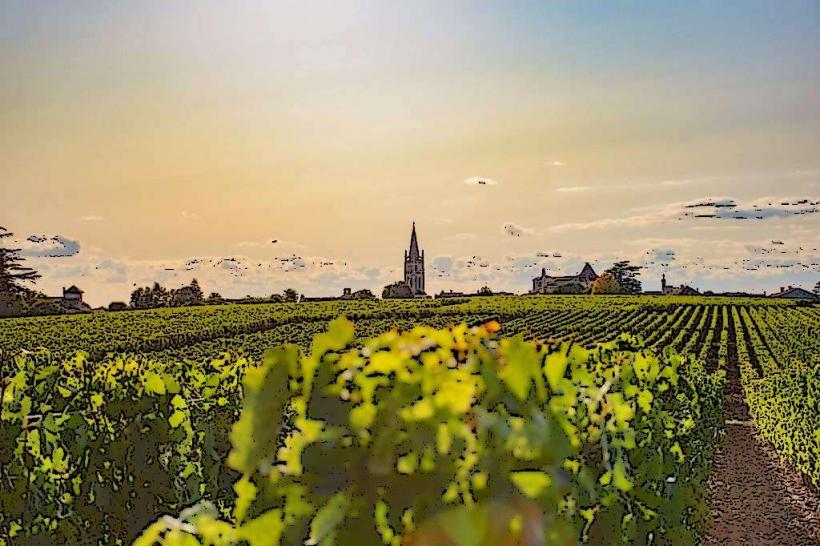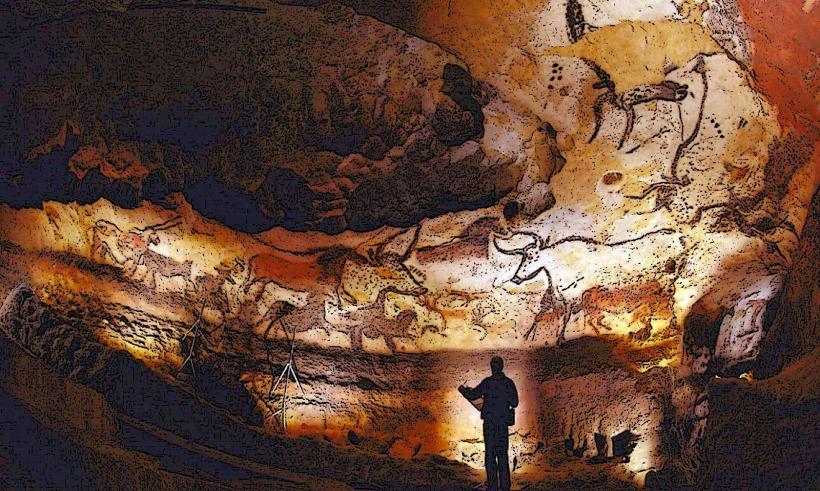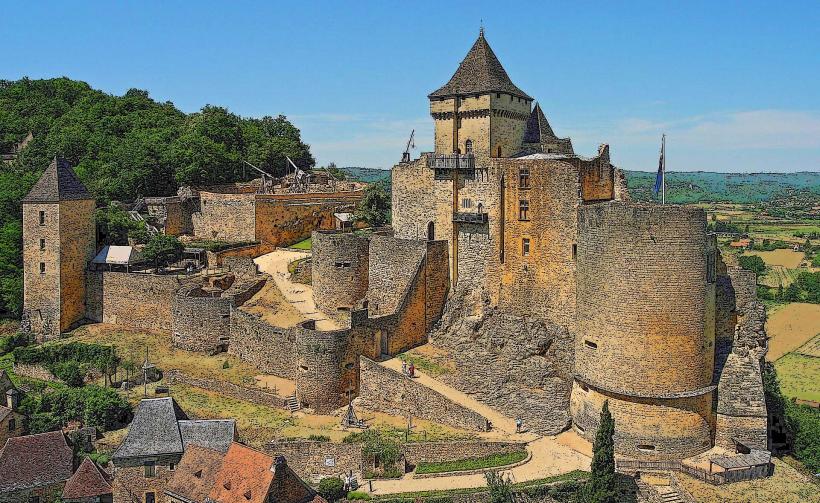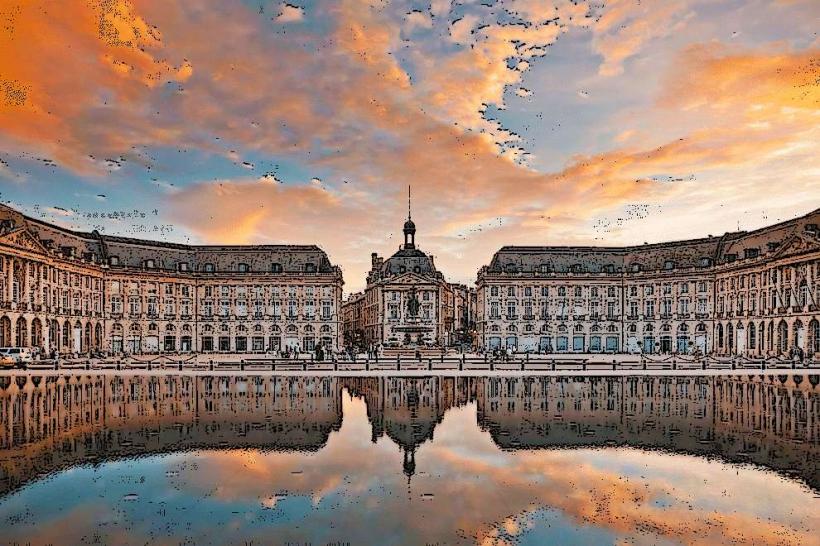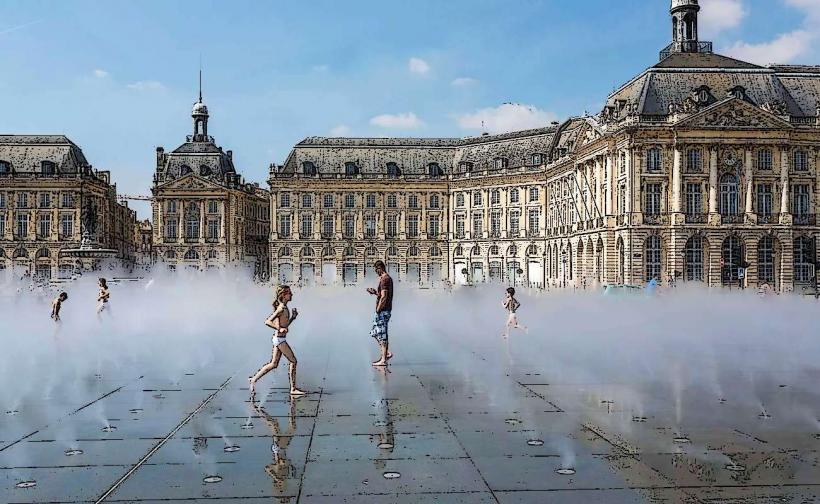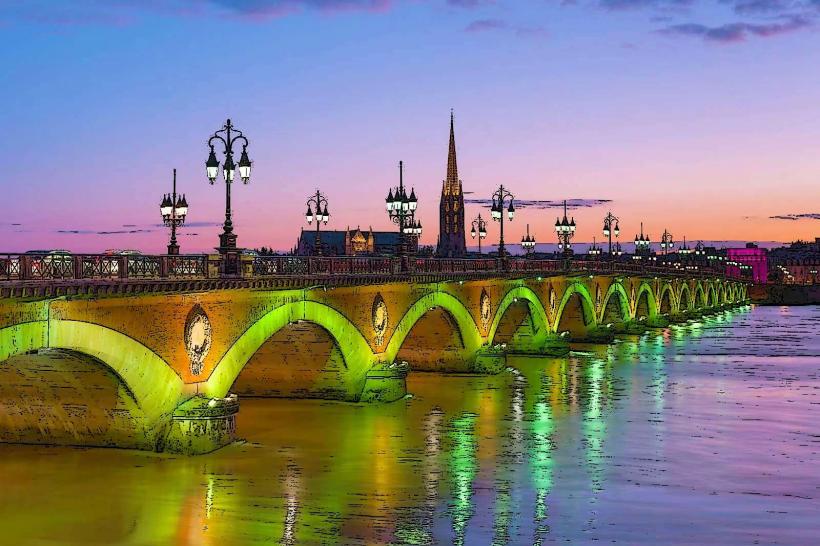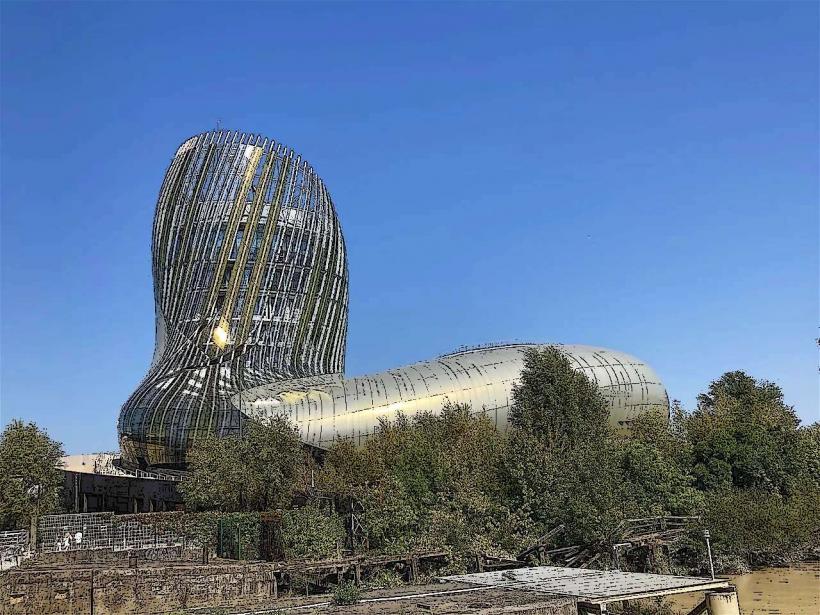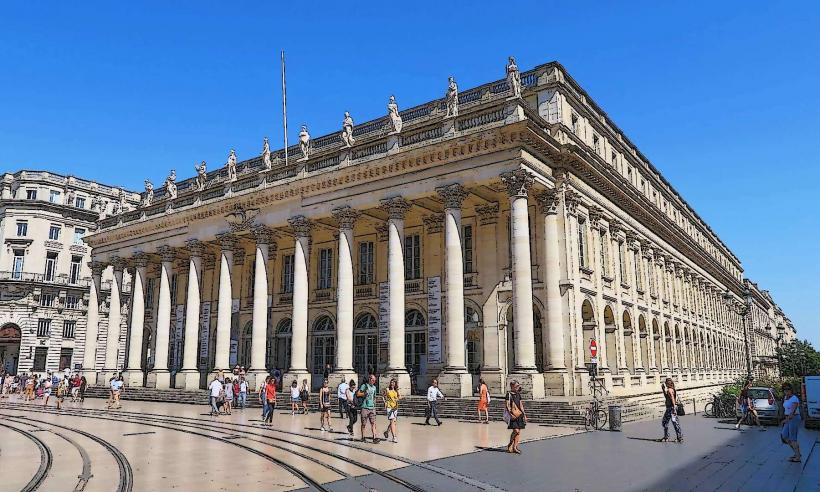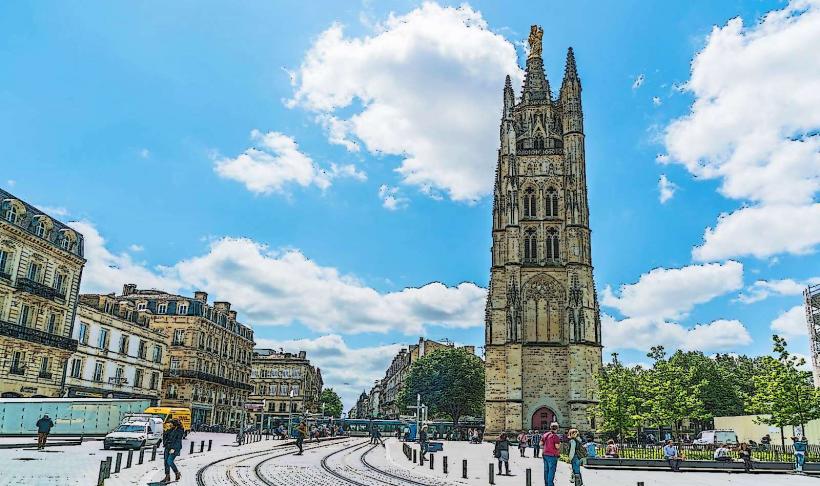Information
Landmark: Bordeaux Historic CenterCity: Bordeaux
Country: France
Continent: Europe
Bordeaux's Historic Center is one of the most beautifully preserved urban areas in France, offering a mix of classical architecture, charming streets, and historical landmarks. Designated as a UNESCO World Heritage Site in 2007, the center of Bordeaux showcases the city’s rich history, from its Roman origins to its development as a significant port during the 18th century. Here's a detailed look at what makes Bordeaux’s historic center so special:
1. Overview and History
- UNESCO World Heritage Status: Bordeaux was inscribed as a UNESCO World Heritage Site in recognition of its exceptional architectural ensemble, representing the evolution of European urban design. The historic center covers an area of approximately 1,800 hectares and includes many well-preserved buildings from the 18th century, particularly from the reign of Louis XV.
- Urban Development: Bordeaux’s historic center is primarily defined by its 18th-century architecture, largely shaped by King Louis XV and his architects. The area includes grand squares, mansions, churches, and public buildings, as well as the Garonne River which has played a vital role in the city’s history.
2. Key Landmarks in Bordeaux’s Historic Center
Place de la Bourse
- One of the most iconic squares in Bordeaux, Place de la Bourse is located along the Garonne River. It’s known for its classical architecture, especially the Palais Rohan (City Hall) and its stunning reflections on the Miroir d'Eau (Water Mirror). This square is often considered one of the finest examples of French classical urban design.
The Garonne Riverfront
- The Garonne River runs through the heart of Bordeaux, serving as an essential part of the city’s identity. The riverfront has undergone significant rejuvenation, blending modern infrastructure with the historical buildings that line its banks. It offers picturesque views and opportunities for leisure walks along the quay.
Grand Théâtre de Bordeaux
- The Grand Théâtre is an architectural masterpiece located on Place de la Comédie. Designed by Victor Louis, it was inaugurated in 1780 and remains a central cultural hub in Bordeaux. It is renowned for its stunning neoclassical design, complete with 12 Corinthian columns and an impressive facade.
Grosse Cloche
- One of the oldest monuments in Bordeaux, the Grosse Cloche (Great Bell) dates back to the 13th century. Originally part of the medieval city gate, the bell tower is now a symbol of the city. Visitors can climb to the top for panoramic views of the historic center.
Bordeaux Cathedral (Saint-André Cathedral)
- This monumental Gothic cathedral is located in the heart of the historic center. Its construction began in the 11th century and continued for several centuries. Known for its majestic façade, impressive stained-glass windows, and towering Gothic spires, the cathedral is an essential piece of Bordeaux’s architectural heritage. It was here that Eleanor of Aquitaine married King Henry II of England in 1152.
Place du Parlement
- A beautiful square surrounded by 18th-century buildings, Place du Parlement is a central feature of Bordeaux's historic district. The square is named after the Parliament of Guyenne, which once operated from this location. It is a lively area filled with cafes, restaurants, and shops, making it a great place to experience the charm of the historic center.
3. Streets and Neighborhoods
Vieux Bordeaux (Old Bordeaux): The old town, with its narrow, cobbled streets, is full of charm and history. Walking through the old neighborhoods gives you a sense of how Bordeaux has evolved over centuries. The area is filled with timber-framed houses, medieval buildings, and Bordeaux’s famous “Maison à colombages” (half-timbered houses).
Rue Sainte-Catherine: One of the longest pedestrian streets in Europe, Rue Sainte-Catherine is lined with shops, restaurants, and cafes. It runs from Place de la Comédie to the Place de la Victoire, making it a bustling street for shopping and enjoying Bordeaux’s lively atmosphere.
Le Quartier des Chartrons: This district is known for its wine merchant heritage and is home to charming streets lined with elegant 18th-century buildings. It’s also where you’ll find the Cité du Vin, the wine museum that showcases Bordeaux's historical and cultural connection to wine.
4. Museums and Cultural Sites
Musée des Beaux-Arts de Bordeaux: Located in a beautiful 18th-century mansion, this museum houses an extensive collection of paintings, sculptures, and decorative arts from the Renaissance to the 20th century. Works by Rubens, Delacroix, and Goya are featured, as well as local artists.
Musée d’Aquitaine: This museum provides an in-depth look at the history of Bordeaux and the surrounding Aquitaine region, from prehistoric times to the modern era. Exhibits cover Roman and medieval periods, including Bordeaux’s role in wine trade and its development as a prominent European port.
La Maison du Vin: Dedicated to the region’s wine heritage, this wine museum offers tastings, exhibits on winemaking, and a deep dive into Bordeaux’s role as the center of wine production. Visitors can learn about Bordeaux wines and sample local varieties.
5. Parks and Green Spaces
Jardin Public: This beautiful public garden offers lush lawns, ponds, and sculptures. Located in the heart of the historic district, the garden is a peaceful retreat and a great place to relax while surrounded by nature.
Parc Bordelais: A short distance from the city center, this park offers beautiful walking paths, a lake, and is a popular spot for locals to relax.
6. Bordeaux’s Architectural Styles
Classical 18th Century Architecture: Much of Bordeaux's historic center was rebuilt during the 18th century under the direction of architects like Jacques Gabriel. The city’s wide boulevards, elegant squares, and neoclassical facades reflect this period of prosperity and urban planning. Bordeaux’s architecture is known for its elegance and uniformity.
Gothic and Romanesque Architecture: Older structures, such as Saint-André Cathedral, show off the city’s Gothic heritage, while the Grosse Cloche reflects Bordeaux’s medieval Romanesque style.
7. Bordeaux's Wine Culture
- Wine Routes: The historic center of Bordeaux is closely tied to its wine culture. The city is at the heart of the Bordeaux wine-growing region, one of the world’s most famous wine areas. Wine enthusiasts can take guided tours through wine cellars, visit wine estates, and learn about the history of Bordeaux’s wines in many of the region’s dedicated museums and exhibitions.
8. Shopping and Dining
Local Shops: Bordeaux’s historic center is a haven for those seeking unique souvenirs or artisan goods. From boutique fashion stores to local art galleries, the streets are filled with options to explore.
Bordeaux Cuisine: The city's culinary scene is an important aspect of its historic character. Cafes and bistros in the historic center offer the chance to enjoy traditional French dishes like magret de canard (duck breast), canelés (small pastries), and Bordeaux wines.
9. Conclusion
Bordeaux’s historic center is a unique blend of historical depth, architectural beauty, and vibrant city life. From its iconic squares and classical buildings to its wine culture and contemporary art scene, Bordeaux’s center provides a complete experience that celebrates both its past and its present. Whether you are strolling through its narrow streets, enjoying the river views, or savoring its world-renowned wine, Bordeaux offers an unforgettable journey into the heart of one of France’s most charming cities.

